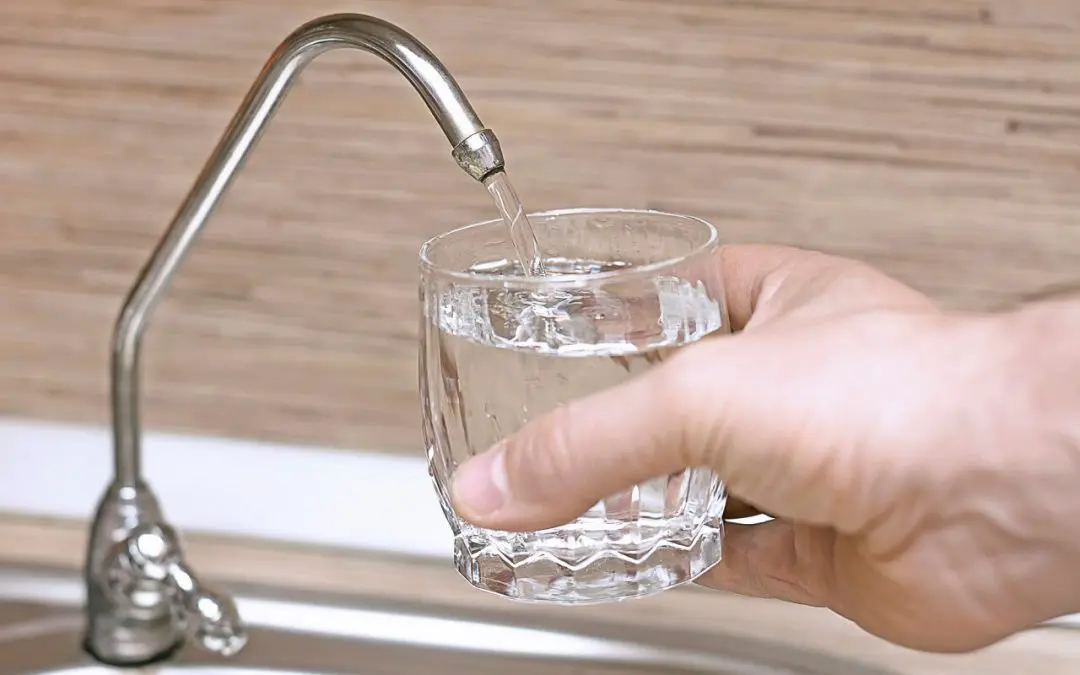What Does it Mean to Keep Your Home Safe and Healthy?
Before we tackle the how of a healthy home, we will first look at what health and safety mean. A healthy home is dry: rainwater and moisture are prevented from entering and the plumbing is free of leaks. Damp conditions can cause issues with mold in the home and threaten your health.
Healthy homes are clean, free of dust and pollutants, and lack clutter. Reduced clutter means there are fewer surfaces where dust can collect and the floors and halls are free of tripping hazards. Keep the home well-ventilated so fresh air circulates, reducing the risk of mold and other pollutants.
Clear your home of pests, toxins, and other contaminants. For instance, some homes built before 1978 may have lead-based paint which should be removed for health purposes. Store toxic cleaning chemicals securely away in a place where children can’t reach them. Have your home professionally tested for mold and check for termites and other wood-destroying insects.
How to Achieve Healthy Living Spaces
With all that said, there are lots of ways to make sure your home is safe and healthy.
Some of the best tips include regularly testing for toxins in the air. Test for radon, a naturally occurring and dangerous gas that enters the home through cracks or openings in the foundation.
Keep volatile organic compounds (VOCs) out of your home. These are chemicals found in numerous cleaning products and building materials that are released into the air. A smell test is not sufficient to detect these compounds. Read ingredients on cleaning supplies, paints, varnishes, adhesives, and solvents to know what chemicals they contain. Choose natural, non-toxic alternatives when possible.
Another way to keep your home safe and healthy is to test and filter your drinking water. Purchase a filtration system that attaches to your faucet and refrigerator dispenser. Contract a plumber to install a carbon filter under the sink to better protect against contaminants.
Regularly inspect your carbon monoxide and smoke detectors. These are your first line of defense against life-threatening smoke, fire, and gas. Many detectors are only accurate for the first five to seven years after installation. Typically, these units have a tag showing their expiration date or age. Test the devices monthly and replace the batteries at least twice a year.
Oasis Home Inspections offers home inspections to Brevard County, Florida. Contact us to request an appointment.

